![]()
![]()
![]()
Use LEFT and RIGHT arrow keys to navigate between flashcards;
Use UP and DOWN arrow keys to flip the card;
H to show hint;
A reads text to speech;
80 Cards in this Set
- Front
- Back
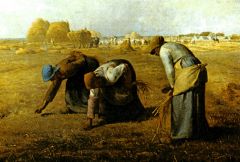
|
The Gleaners, Millet Realism |
|
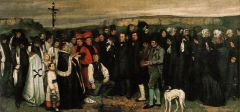
|
The Burial at Ormans, Courbet Realism |
|
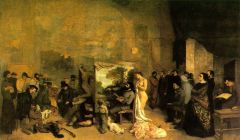
|
The Artist's Studio, Courbet Realism |
|

|
Ecce Ancilla Domini, Rosetti Pre-Raphaelite |
|
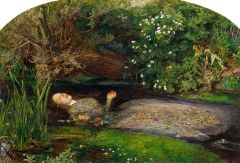
|
Ophelia, Millais Pre-Raphaelite |
|
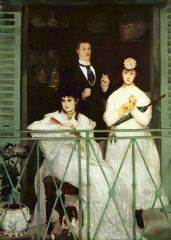
|
The Balcony, Manet Impressionism |
|
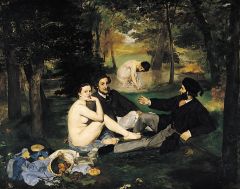
|
Luncheon on the Grass, Manet Impressionism |
|
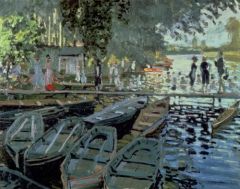
|
Bathers at La Grenouillere, Monet Impressionism |
|
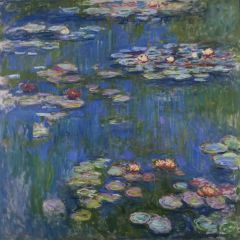
|
Water Lilies, Monet Impressionism |
|

|
Dance at Le Moulin de la Galette, Renoir Impressionism |
|
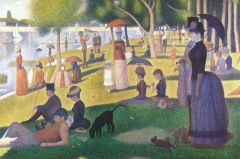
|
A Sunday at La Grande Jatte, Seurat Impressionism |
|
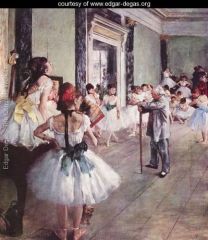
|
The Dance Class, Degas Impressionism |
|
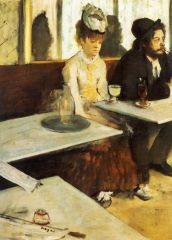
|
L'Absinthe, Degas Impressionism |
|
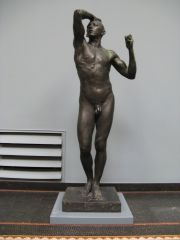
|
Age of Bronze, Rodin Post-Impressionism |
|
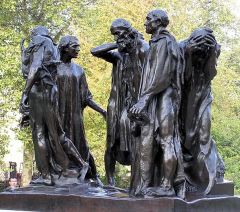
|
Burghers of Calais, Rodin Post-Impressionism |
|
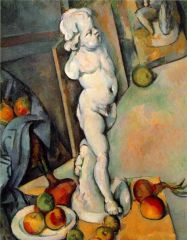
|
Still Life with Cherub, Cezanne Post-Impressionism |
|
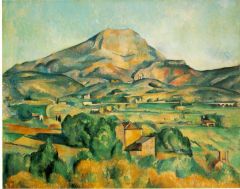
|
Montagne Saint Victoire, Cezanne Post-Impressionalism |
|

|
Self Portrait, Van Gogh Post-Impressionism |
|
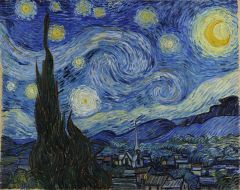
|
Starry Night, Van Gogh Post-Impressionism |
|
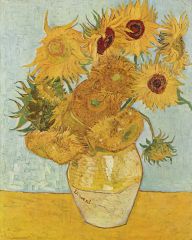
|
Sunflowers, Van Gogh Post-Impressionism |
|
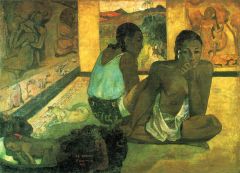
|
Te Rerioa, Gauguin Post-Impressionism |
|
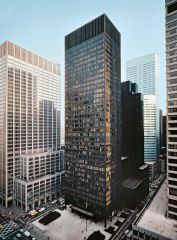
|
Seagram Building, Van der Rohe Moderinsm |
|

|
Bauhaus School, Gropius Modernism |
|

|
The Back (I-IV), Matisse Fauvism |
|
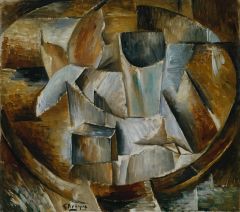
|
Glass on Table, Braque Cubism |
|
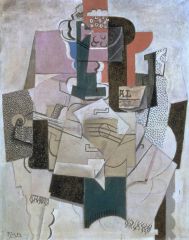
|
Bowl of Fruit, Violin, and Bottle, Picasso Cubism |
|
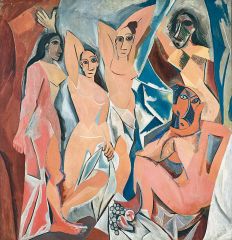
|
Les demoiselles d'Avignon, Picasso Cubism |
|
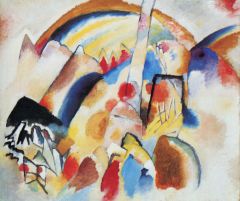
|
Landscape with Red Spots, No. 2, Kandisky Abstraction |
|

|
Composition in Yellow, Blue, and Red, Mondrian Abstraction |
|

|
Oval with Points, Moore Abstraction |
|
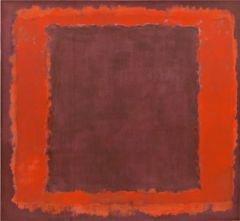
|
Seagrams Murals, Rothko Abstraction |
|
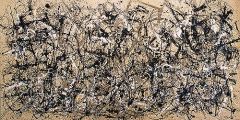
|
One, Pollock Abstraction |
|
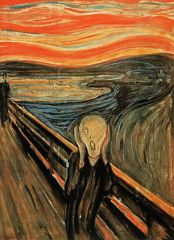
|
The Scream, Munch Expressionalism |
|
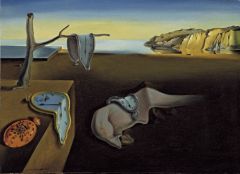
|
The Persistence of Memory, Dali Surrealism |
|
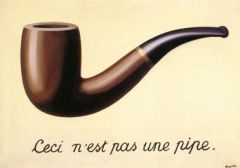
|
The Treachery of Images, Magritte Surrealism |
|
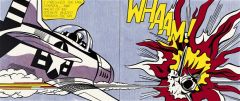
|
Whaam!, Lichtenstein Postmodernism |
|

|
Spiral Jetty, Smithson Postmodernism |
|
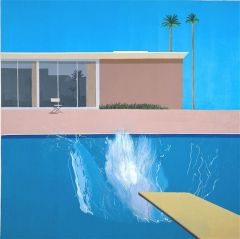
|
A Bigger Splash, Hockney Postmodernism |
|
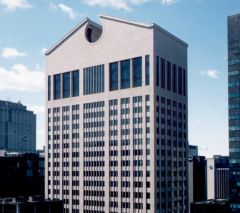
|
Sony Tower, Johnson Postmodernism |
|

|
Pompidou Centre, Rogers Postmodernism |
|
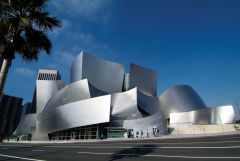
|
Walt Disney Concert Hall, Gehry Postmodernism |
|

|
La Desserte, Matisse Fauvism |
|
|
That's my last Duchess painted on the wall, Looking as if she were alive. I call That piece a wonder, now: Fra Pandolf's hands Worked busily a day, and there she stands. Will't please you sit and look at her? I said "Fra Pandolf" by design, for never read Strangers like you that pictured countenance, The depth and passion of its earnest glance, But to myself they turned (since none puts by The curtain I have drawn for you, but I) And seemed as they would ask me, if they durst, How such a glance car there; so, not the first Are you to turn and ask thus. Sir, 'twas not Her husband's presence only, called that spot Of joy into the Duchess' cheek: perhaps Fra Pandolf chanced to say "Her mantle laps Over my lady's wrist too much," or "Paint Must never hope to reproduce the faint Half-flush that dies along her throat" : such stuff Was courtesy, she though, and cause enough For calling up that spot of joy. She had A heart--how shall I say?--too soon made glad, Too easily impressed; the like whate'er She looked on, and her looks went everywhere. |
My Last Duchess, Robert Browning Realism |
|
|
"It is a far, far better thing that I do, than I have ever done; it is a far, far better rest that I go to than I have ever known." "It was the best of times, it was the worst of times, it was the age of wisdom, it was the age of foolishness, it was the epoch of belief, it was the epoch of incredulity, it was the season of light, it was the season of darkness, it was the spring of hope, it was the winter of despair." "A day wasted on others is not wasted on one's self." "Think now and then that there is a man who would give his life, to keep a life you love beside you." "There is prodigious strength in sorrow and despair."
|
A Tale of Two Cities, Charles Dickens Realism |
|
|
April is the cruelest month, breeding lilacs out of the dead land, mixing memory and desire, stirring dull roots with spring rain.
A heap of broken images, where the sun beats, And the dead tree gives no shelter, the cricket no relief, And the dry stone no sound of water. Only There is shadow under this red rock, (Come in under the shadow of this red rock), And I will show you something different from either Your shadow at morning striding behind you Or your shadow at evening rising to meet you; I will show you fear in a handful of dust.
My nerves are bad to-night. Yes, bad. Stay with me. 'Speak to me, Why do you never speak? Speak. 'What are you thinking of? What thinking? What? 'I never know what you are thinking. Think.'
He who was living is now dead We who were living are now dying With a little patience.
Winter kept us warm, covering Earth in forgetful snow. |
The Waste Land, T.S. Eliot Modernism |
|
|
"You should be more content. You should be less hungry, less cross. See how much you have! it is enough. Sit back and enjoy. I have less, and it suffices for me. The sun is shining. The colonial period is a closed book."
Cross between King's English narration and Indian English dialect. |
Chekov and Zulu, Rushdie Postmodernism |
|
|
Globalization |
Expansion of trade and prosperity or elimination of local culture? Cultural and individual identity The fate of the writer -The world is a smaller place |
|
|
Realism |
Wanted to be more objective, looked at society in a broader sense. Artists turn to less exalted, more common subjects. Concerned with the concrete, physical, real. |
|
|
Literary Realism |
Reaction against Romanticism. Look toward portraying society more objectively, emphasis on things and concrete social setting. Usually written by the middle-class for middle-class readers. |
|
|
Novel |
Written by middle-class writers for a middle-class audience. Usually portrayed serially, in installments. |
|
|
Pre-Rapaelites |
Reacting against British Academic form. Believed it to be too static/unchanging and therefore uninteresting. Vibrant/rich colors, modern Renaissance, often subjects have red hair, British and Christian subject matter.
|
|
|
Impressionism |
Used color differently, form is flatter, wanted to represent the way we see things (not every single detail but rather a sense of light, color, etc.). Not as much depth, nothing is outlined, painterly, not as finished. |
|
|
Postimpressionism |
Still trying to render what we see but moving away from this - maybe there is something more. Making way for modern art. Architects began to question why we needed classical decorations because they have no structural function. |
|
|
Postimpressionism in Art |
Three main directions: interest in line, form, and color (Cezanne) painting as a means of expression (Van Gogh) search for more authentic, primitive art (Gauguin) Artists are capable of painting realistic and carefully finished, they were making a conscious decision of how they wanted something portrayed. |
|
|
Modernism |
Questions traditional art, artistic expression needs to be completely rethought, rejection of traditional methods of representation, continuous experimentation, most fully identified with abstraction (or nonrepresentational). |
|
|
Fauvism |
described as "wild beast." Bold, harsh colors, simple shapes, difficult in perspective, flat, color is overwhelming. |
|
|
Expressionism |
Interest in extreme conditions |
|
|
Cubism |
Experiment breaking up of subject matter and then recombining them in a variety of different angles. Show in object in time, not through a window. Influenced by primitivism - Egyptians, African masks, etc. |
|
|
Abstraction |
often called non-representational, artists feel art should be created for its own sake, concerned with the relationship between color, line, and form without reference to external reality. Abstract Expressionism - use shape, color, line, and form to represent interior states. |
|
|
Literary Modernism |
Rejected traditional, "realistic" notions, argued that literary realism is impossible, provide multiple perspectives, reader was expected to become a co-creator along with the author. |
|
|
Postmodern Art and Literature |
Greater abandonment of mimetic claims (claims of realism), more overt staging of narrative's arbitrariness and lack of authority (there is always another perspective), open playfulness about fictionality. Modernists believe fiction is something that reflects reality, that they are holding up a mirror to reality. Postmodernists would argue that you are pointing the mirror in a certain direction, what if the mirror is bent or broken.
|
|
|
Surrealism |
Heavily influenced by Freud, dreams, subconscious desires, "dream imagery" in their paintings. |
|
|
Modernist Architecture |
Clean lines, simplicity of design, form follow function |
|
|
Postmodernist Architecture |
Decorative elements, often traditional but used in new ways, broken lines. |
|
|
Richard Wagner |
Wrote almost solely operas, preferred to call it music drama. Very ambitious, became patronage of King Ludwig II of Bavana. Erasure of boundaries between aria and recitative, development of musical theme that is identified with a character, symbol, etc. Wagner's influence - pushed music towards chromaticism |
|
|
Gesamtkunstwerk |
total work of art (Wagner) |
|
|
chromaticism |
uses all twelve notes of a scale |
|
|
atonality |
atonal music doesn't "feel finished" |
|
|
dissonance |
unusual intervals |
|
|
leitmotiv |
a recurrent theme throughout a composition that is associated with a specific person, theme, or situation. |
|
|
Giuseppe Verdi |
Wasn't as experimental as Wagner but did follow in the form of the opera. Emphasis on melody and the human voice. One of the most performed operas composers ever. Very dramatic, orchestra becomes very important. |
|
|
Claude Debussy |
Developed form, tone colors that were his own. Pushes atonality and chromaticism. |
|
|
Igor Stravinsky |
objectivism - rhythmic drive, reacted against Romanticism. Used Russian folk tunes, mostly for the rhythmic drive, interest in primitive sounds. |
|
|
Arnold Shoenberg |
Most representative composer of Modernism. Often called "expressionist." Thought of atonality and dissonance as the new music language. |
|
|
Pierrot Lunaire |
21 "songs" using poems of Giraud for text. Introduced sprechtstimme - speech voice, mix between singing and talking. |
|
|
serialism |
general equality of all chromatic notes, with no overall tonal implications |
|
|
Flight of the Valkyries |
Wagner Late 19th century / Romanticism |
|
|
La Mer |
Debussy Modernism |
|
|
Rite of Spring |
Stravinsky Modernism
|
|
|
Aida |
Verdi Late 19th century / Romanticism
|

